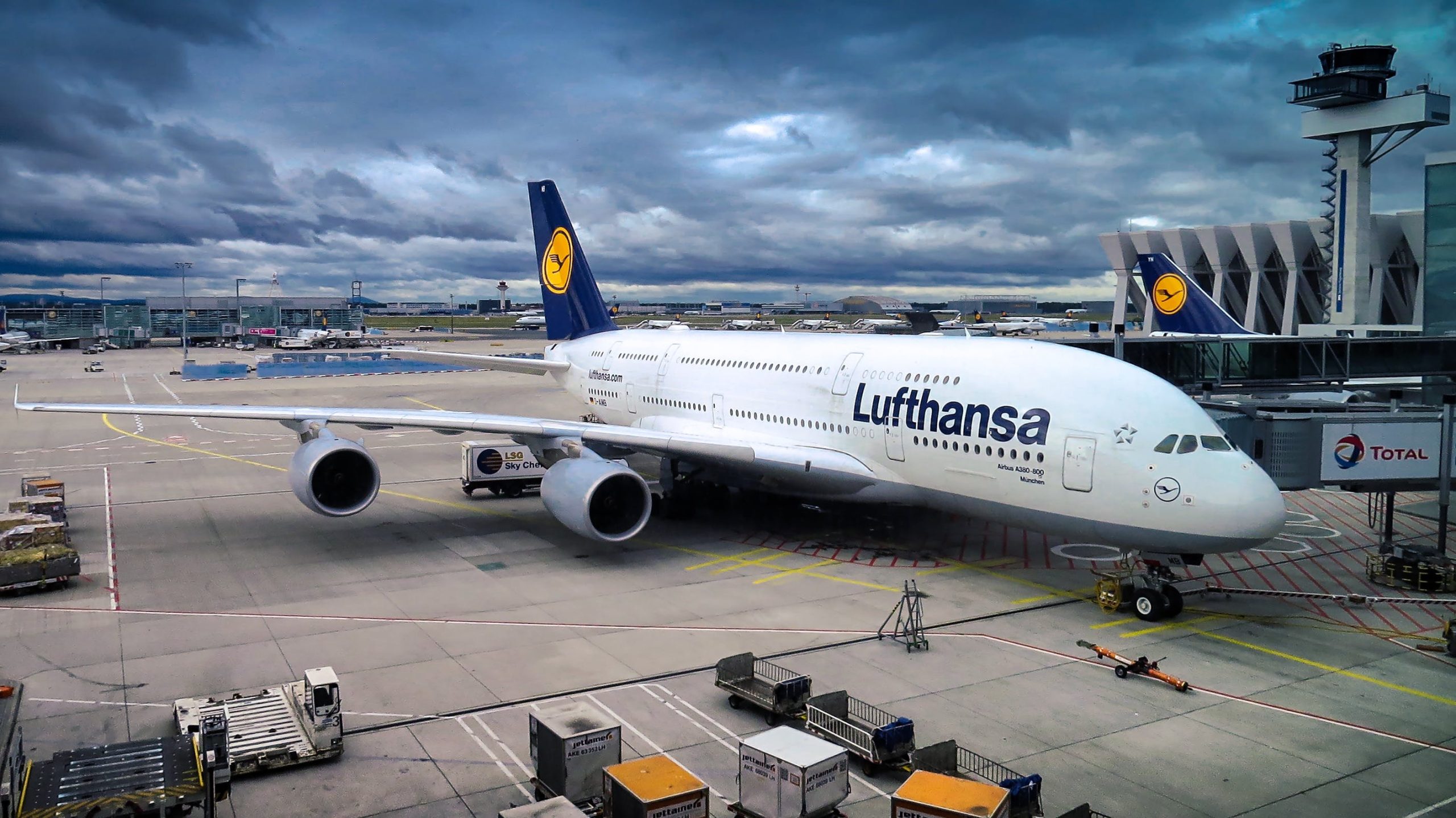In the dynamic realm of aviation, the significance of airports investing in top-notch equipment cannot be overstated. The pursuit of excellence in technology and infrastructure stands as a cornerstone for the seamless functioning of these bustling hubs of travel. As aviation evolves, so must the tools that propel it forward. This exploration into the pivotal role of cutting-edge equipment unveils the myriad ways it enhances safety, efficiency, and overall passenger experience within the airport landscape.
Enhanced Safety Measures
Enhanced safety measures at airports are paramount for safeguarding passengers and personnel. State-of-the-art technologies are essential to strengthening security measures. Advanced scanning systems, equipped with the latest threat detection capabilities, ensure a meticulous screening process. State-of-the-art surveillance equipment provides real-time monitoring, aiding authorities in prompt response to potential security breaches. These technologies collectively contribute to a robust security infrastructure, minimizing risks and maintaining a secure airport environment. By investing in top-notch safety equipment, airports prioritize the protection of individuals and assets, fostering confidence among travelers and aviation stakeholders alike.
Streamlined Operations
High-speed baggage handling systems significantly expedite the luggage transfer process, reducing the likelihood of delays. Similarly, advanced security checkpoints, incorporating cutting-edge technologies, contribute to the swift and thorough screening of passengers. These improvements not only enhance the overall efficiency of airport operations but also result in quicker turnaround times for flights. By investing in technology that optimizes processes, airports create an environment where the seamless flow of activities becomes integral to a positive and timely passenger experience.
Improved Passenger Experience
The focus on improved passenger experience is central to the development of airport facilities. Integration of advanced check-in kiosks allows travelers to navigate the pre-flight processes seamlessly, minimizing wait times. Automated boarding systems further enhance efficiency, ensuring a swift and organized boarding process. Maintaining well-designed and well-maintained facilities, such as clean and accessible restrooms, comfortable waiting areas, and clear signage, contributes to an overall positive travel experience. These advancements collectively address passenger needs, making the airport journey more convenient and enjoyable, ultimately fostering customer satisfaction and loyalty.
Optimal Resource Utilization
Employing advanced technologies in infrastructure, such as energy-efficient lighting systems and smart air traffic control, not only minimizes environmental impact but also contributes to significant cost savings. The integration of industrial vehicles for sale in support functions, ensures the efficient movement of goods and services across the airport premises. These vehicles play a crucial role in cargo handling, maintenance, and logistical operations, allowing airports to maximize their operational effectiveness while maintaining a sustainable approach to resource management.
Future-Proofing Infrastructure
Future-proofing infrastructure is a strategic imperative for airports to remain adaptable in the face of evolving technological landscapes. By investing in cutting-edge equipment, airports position themselves to readily embrace emerging trends and challenges. Technologies such as advanced communication systems, smart facility management, and adaptable architecture ensure that airports can swiftly integrate innovations without significant overhaul. This forward-thinking approach not only enhances the airport’s resilience but also attracts more airlines and passengers, solidifying its standing as a leader in the aviation industry. The ability to anticipate and embrace technological advancements allows airports to maintain relevance and efficiency in an ever-changing operational environment.
Compliance with Regulatory Standards
Investments in top-notch equipment not only demonstrate a commitment to meeting industry regulations but also exceed them, instilling confidence among regulators, airlines, and passengers. From robust security measures to eco-friendly practices, adherence to stringent standards is integral to maintaining the integrity of airport operations. By prioritizing compliance, airports contribute to the overall safety and sustainability of the aviation industry, fostering trust and transparency in their operations. Meeting regulatory requirements is a foundational aspect that enables airports to function as responsible entities within the broader aviation ecosystem.
Conclusion
As airports prioritize safety, efficiency, and the overall passenger experience, embracing cutting-edge technologies becomes a strategic imperative. The commitment to advanced systems not only ensures compliance with industry standards but also positions airports as forward-thinking leaders in the ever-evolving world of aviation. By harnessing the power of innovation, airports not only meet current challenges but also lay a solid foundation for a resilient and adaptable future, promising a safer and more streamlined travel experience for all.



